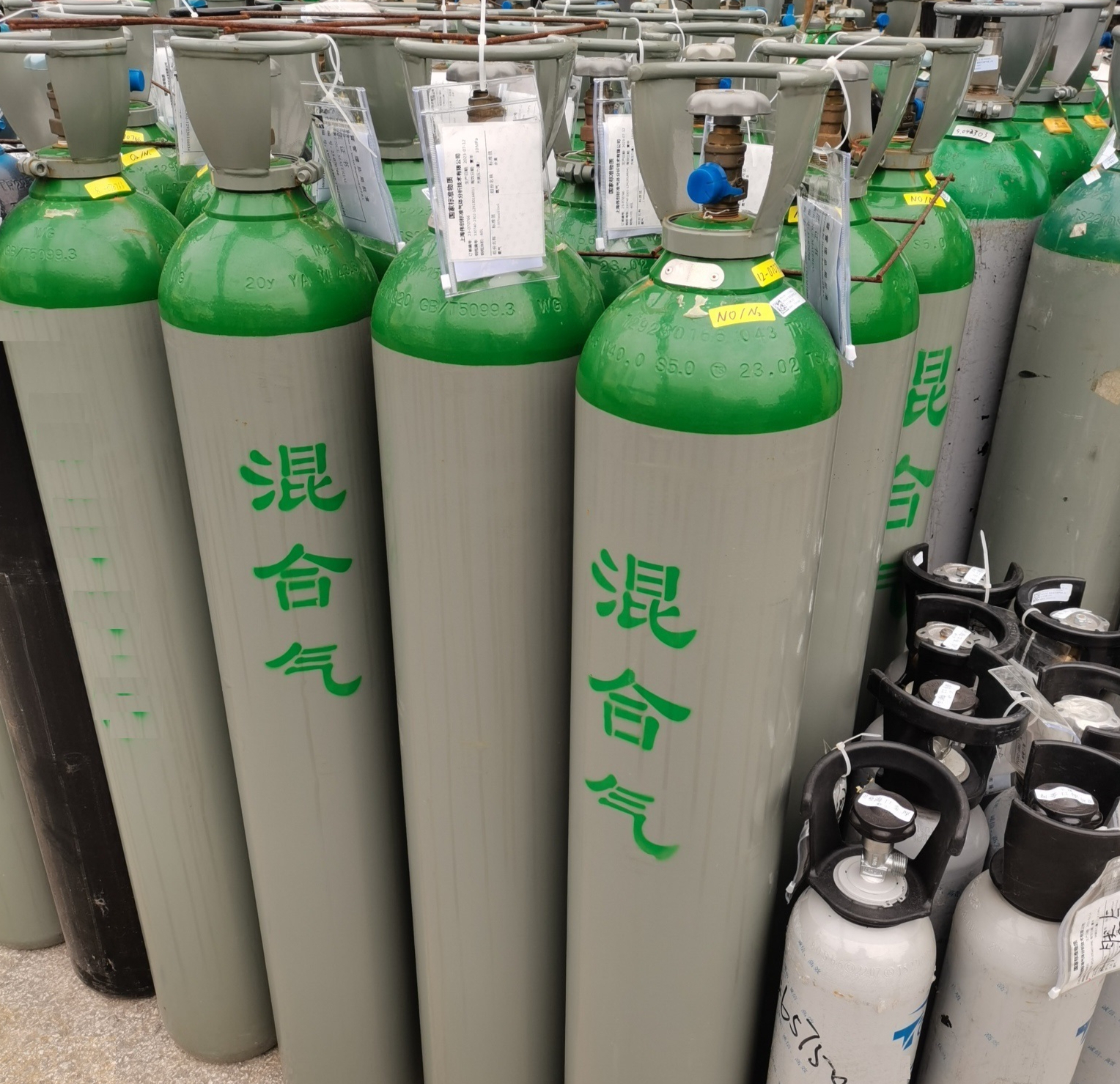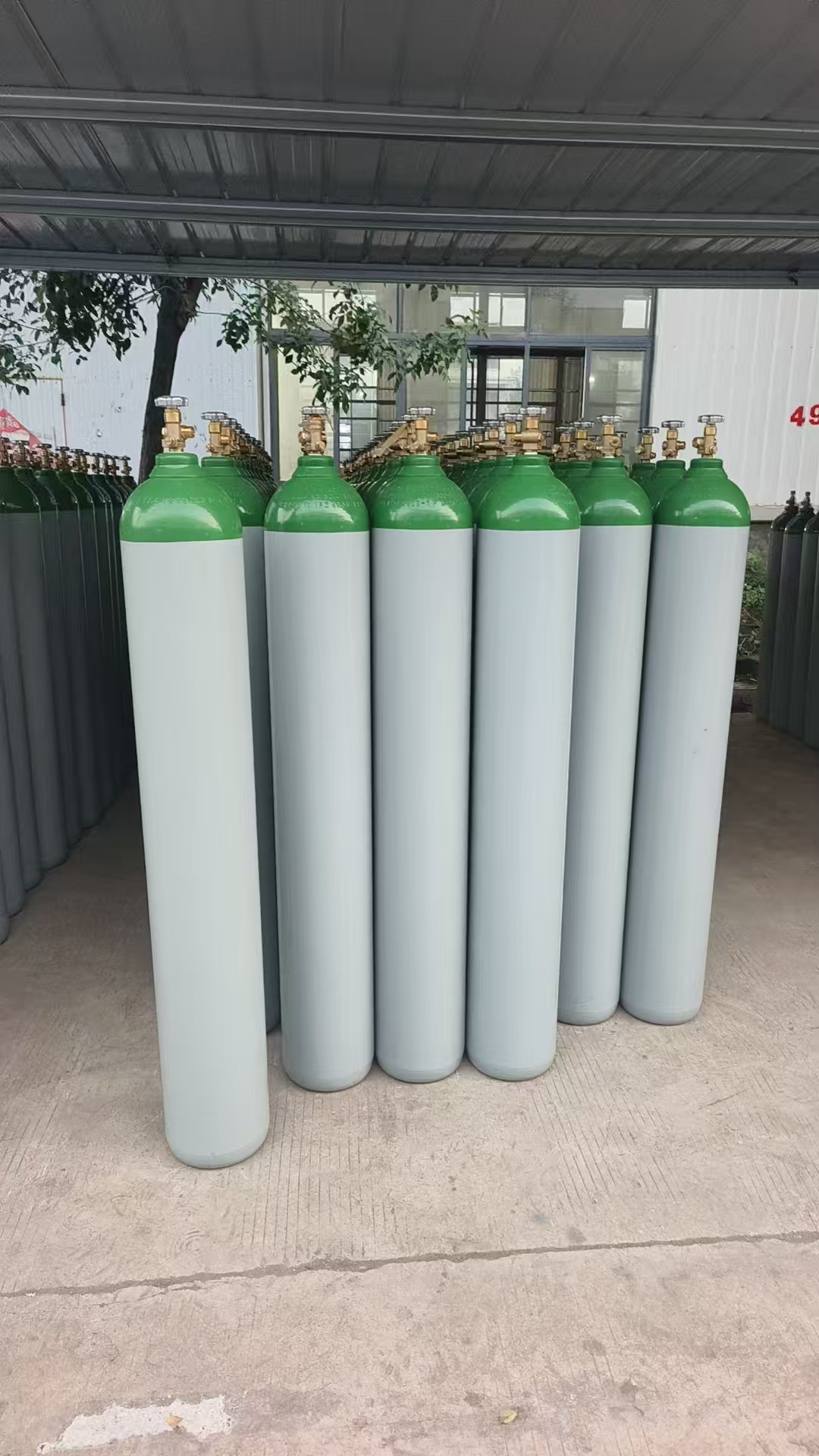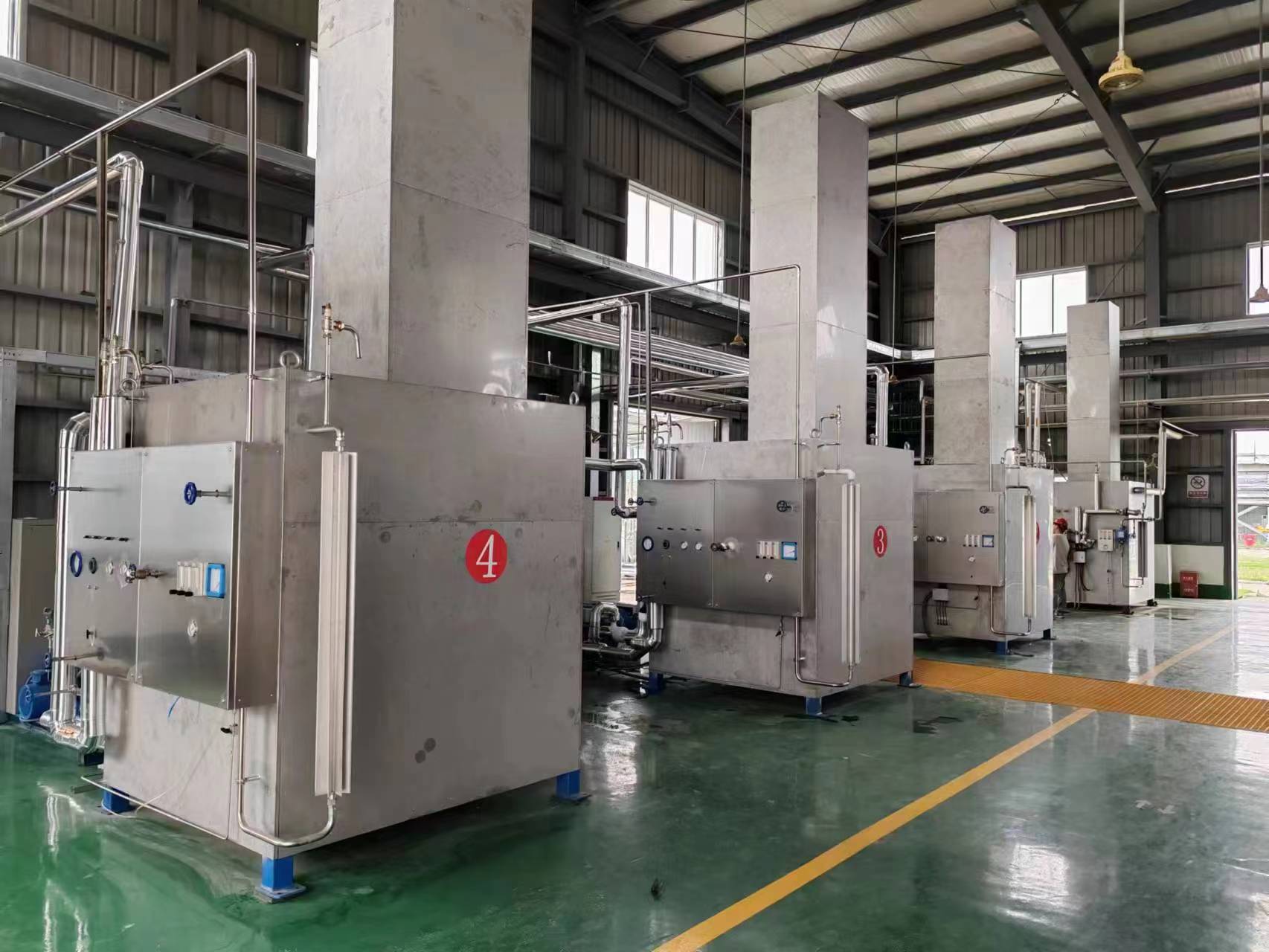When Welding Carbon Steel, Which Is More Suitable: Pure Argon Or Mixed Gas??
2025 | 04 | 01
When Welding Carbon Steel, Which Is More Suitable: Pure Argon Or Mixed Gas??
The arc has strong contraction, which may result in insufficient penetration depth (about 20%-30% shallower than the mixed gas), and the arc is prone to drift, requiring higher operational skills.
The common ratio is Ar+CO₂(75%/25% or 80%/20%). The addition of CO₂ can enhance the arc penetration power (increase the penetration depth by approximately 15%-40%) and reduce the risk of porosity.
According to the standards of the American Welding Society (AWS), the spatter rate of Ar+20%CO₂ mixed gas in MAG welding is reduced by more than 50% compared with pure argon.
- Welding of high-strength steel: The CO₂content must be strictly limited (< 10%) to avoid hydrogen-induced cracking.
- Outdoor operations: The mixed air has stronger wind resistance because the density of CO₂ is greater than that of air, providing more stable protection.
There is no absolute superiority or inferiority. The choice should be made by comprehensively considering the process, cost and material properties. It is recommended to use pure argon for precise welding of thin plates and Ar+CO₂ mixed gas for efficient welding of medium and thick plates. The proportion should be adjusted in accordance with AWS or ISO 14175 standards.
I. Core Differences between Pure Argon and Mixed Gases
- The characteristics of pure argon
Inert gas with high chemical stability, suitable for protecting weld seams from oxidation, especially for TIG welding of thin plates (such as 1-3mm carbon steel).
Disadvantages:
The arc has strong contraction, which may result in insufficient penetration depth (about 20%-30% shallower than the mixed gas), and the arc is prone to drift, requiring higher operational skills.
- Advantages of mixed gas
The common ratio is Ar+CO₂(75%/25% or 80%/20%). The addition of CO₂ can enhance the arc penetration power (increase the penetration depth by approximately 15%-40%) and reduce the risk of porosity.

According to the standards of the American Welding Society (AWS), the spatter rate of Ar+20%CO₂ mixed gas in MAG welding is reduced by more than 50% compared with pure argon.
Ⅱ. How to Select Gases Based on Process Requirements
1. Welding method matching
- TIG welding: Pure argon is preferred as precise control of the molten pool is required. However, when the thickness exceeds 6mm, it is recommended to add a small amount of helium (such as Ar+25%He) to increase heat input.- MIG/MAG welding: Recommended mixed gas, Ar+CO₂ (15%-25%), to balance cost and performance; If low splashing is desired, a ternary mixture (Ar+CO₂+O₂) can be selected.
2. Material thickness and efficiency
- Thin plates (< 3mm) : Pure argon can prevent burn-through, but the current needs to be controlled (such as below 100A).- Medium and thick plates (> 6mm) : Mixed gases significantly enhance efficiency. For instance, Ar+18%CO₂ can increase welding speed by 10% to 15% (Data source: Lincoln Electric Test Report).
Ⅲ. Economic Considerations and Special Scenario Considerations
1. Cost comparison Pure argon has a relatively low unit price, but it consumes a large amount of gas (about 30% higher than mixed gas). The comprehensive cost of mixed gas is more favorable, especially when it is produced in large quantities.
2. Special requirements
- Welding of high-strength steel: The CO₂content must be strictly limited (< 10%) to avoid hydrogen-induced cracking.
- Outdoor operations: The mixed air has stronger wind resistance because the density of CO₂ is greater than that of air, providing more stable protection.
Conclusion:
There is no absolute superiority or inferiority. The choice should be made by comprehensively considering the process, cost and material properties. It is recommended to use pure argon for precise welding of thin plates and Ar+CO₂ mixed gas for efficient welding of medium and thick plates. The proportion should be adjusted in accordance with AWS or ISO 14175 standards.





 H2 plant Hypower Project wind power to H2 2000NM3 per hour (1).jpg)
.jpg)




